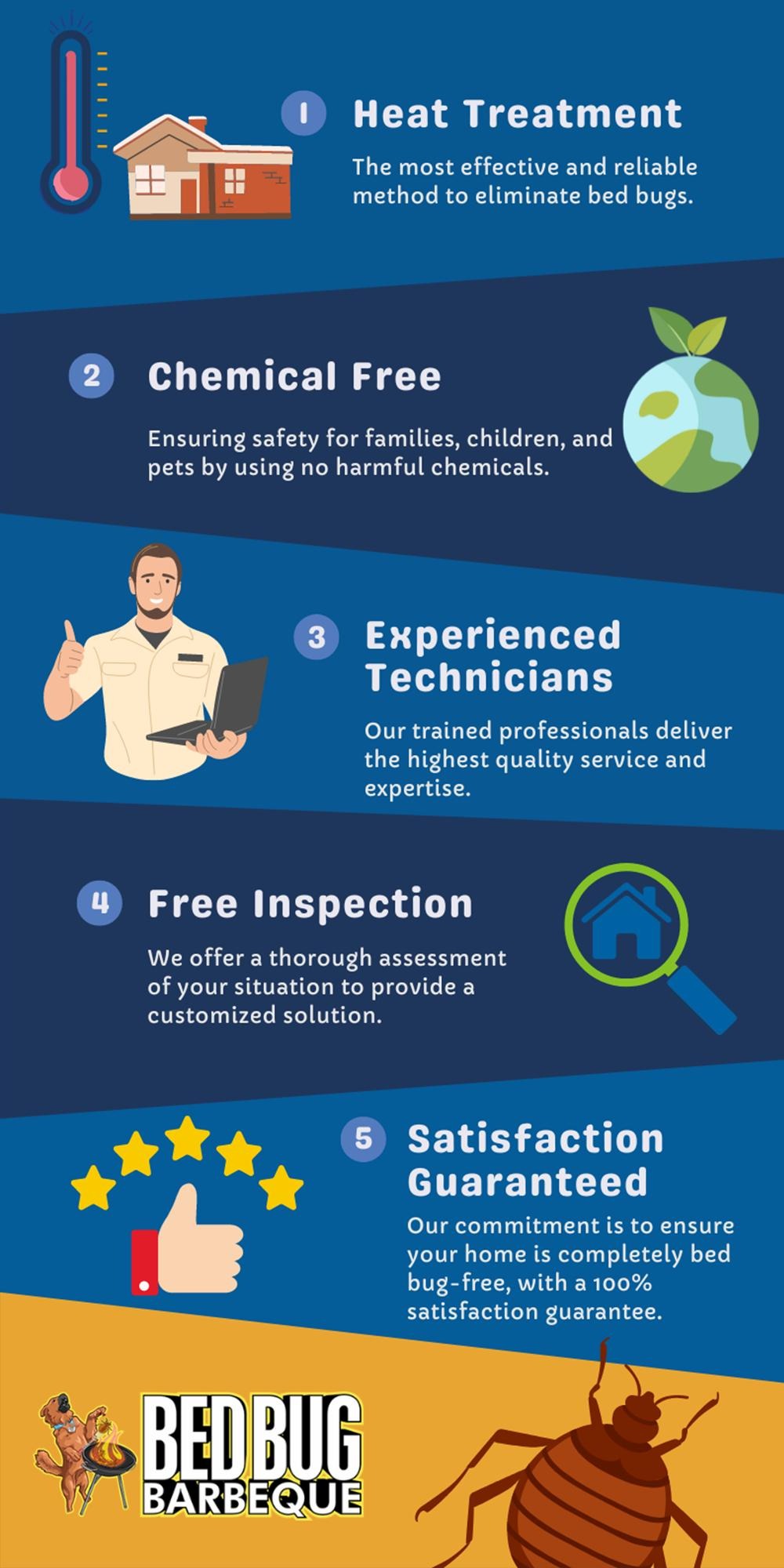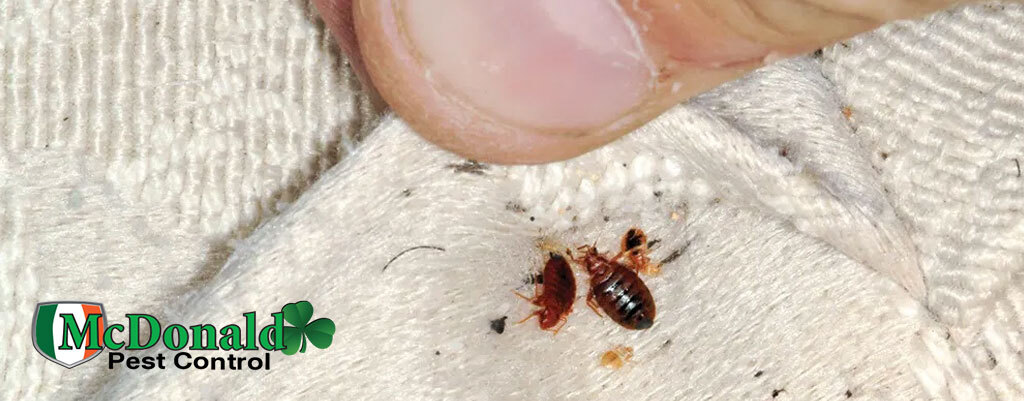How to Recognize Bed Bug Bites and Treat Them Quickly
How to Recognize Bed Bug Bites and Treat Them Quickly
Blog Article
Get Enlightened Concerning the Types of Pest Control Techniques and Their Benefits for House Owners
Recognizing the numerous insect control techniques offered to house owners is crucial for effective bug administration. From chemical and organic techniques to social and mechanical methods, each method offers unique advantages that can substantially affect both health and environmental security. House owners that are well-informed can make tactical options that not only address insect problems however additionally boost the total high quality of their living setting. As we discover these techniques even more, it becomes clear that the decision-making process entails more than simply instant outcomes; it discuss long-lasting sustainability and wellness. What variables should influence these essential decisions?
Chemical Pest Control Methods
Chemical parasite control methods are a critical component of integrated insect monitoring methods for home owners seeking effective solutions to pest infestations. These approaches include the application of chemical substances designed to eliminate or hinder bugs that intimidate personal effects, wellness, and comfort. Usual chemicals utilized include insecticides, herbicides, rodenticides, and fungicides, each customized to target particular insects.
The primary benefit of chemical pest control is its rapid performance; many solutions supply instant results, reducing pest populations significantly quickly. In addition, developments in chemical formulations have led to products that are extra eco friendly and have lower toxicity degrees for non-target microorganisms when used correctly.

Biological Insect Control Methods
Natural pest control approaches have acquired prestige as homeowners seek much safer and much more lasting alternatives to conventional chemical techniques. Biological insect control methods make use of natural killers, bloodsuckers, or microorganisms to handle parasite populations effectively. This technique is not only eco-friendly yet also reduces the threat of damage to non-target species, including valuable bugs and wild animals.
One of one of the most common biological control techniques includes presenting natural killers right into the environment. Ladybugs can be made use of to manage aphid populaces, while nematodes target soil-dwelling bugs like grubs. In addition, parasitoids-- microorganisms that survive or within a host-- can be used to regulate specific parasite species by laying eggs inside them, eventually resulting in their death.
Another approach is making use of biopesticides, which are obtained from natural materials such as minerals, plants, or microorganisms (bed bug exterminator). These items can efficiently target pests while posing very little risk to pets and humans. Overall, biological pest control techniques give property owners with a reliable methods of parasite administration that lines up with ecological concepts, promoting a healthier living setting while decreasing reliance on artificial chemicals
Mechanical Parasite Control Techniques
Mechanical pest control strategies encompass a selection of techniques that physically prevent or remove pests without using chemicals. These methods are particularly valuable for property owners seeking eco friendly choices while making sure the safety of their living rooms.
One usual approach is making use of barriers, such as catches, displays, and internet, which stop bugs from getting in homes or specific areas. For example, mounting find this window screens can effectively maintain pests out, while utilizing physical barriers around gardens can hinder bigger insects like deer or bunnies. In addition, mechanical catches made for rats can record and eliminate these pests without the need for poisonous materials.
Another efficient technique entails using mops and vacuums to eliminate bugs directly from surface areas. Regular cleansing and upkeep can considerably reduce parasite populaces by removing food sources and hiding places. Furthermore, using tools like ultrasonic bug repellents can discourage numerous insects via acoustic wave that are undesirable to them yet faint to human beings.
Cultural Bug Control Practices
Social pest control practices concentrate on modifying the atmosphere and management strategies to produce problems that are much less for pest infestations. These techniques are basic in maintaining a balanced ecological community and reducing the dependence on chemical interventions. By modifying agricultural practices, home owners can effectively hinder parasites while promoting plant wellness.
One usual method includes plant turning, which disrupts the life cycles of bugs by transforming the kinds of plants expanded in a certain location (bed bug exterminator). This not just minimizes pest populaces however likewise improves dirt wellness. Furthermore, intercropping-- planting diverse crops in distance-- can perplex parasites and minimize their ability to find their favored host plants
Water management is an additional vital element of cultural techniques. Appropriate irrigation strategies can stop standing water, which works as a reproduction ground for insects and various other insects. In addition, maintaining tidiness around the home, such as on a regular basis removing debris and food waste, can significantly minimize parasite tourist attraction.
Incorporating these cultural methods into a thorough bug management method permits home owners to develop a setting that normally deters pests, therefore enhancing the efficiency of various other control methods while advertising sustainable horticulture and landscape design.

Integrated Bug Management Approaches
Integrated Bug Monitoring (IPM) represents a holistic method that incorporates different approaches to successfully take care of pest populations while minimizing environmental influence. This approach integrates organic, social, physical, and chemical practices to accomplish sustainable pest control. By examining pest populaces and their natural enemies, IPM stresses tracking and identifying parasites before implementing control go to this web-site steps.
One of the core concepts of IPM is using limits, which develop the degree of insect activity that calls for intervention. This guarantees that therapies are applied just when necessary, decreasing the reliance on chemical pesticides. Biological control methods, such as introducing natural killers or parasites, work in combination with social methods like plant turning and environment adjustment to interfere with pest life cycles.
Furthermore, IPM urges making use of least-toxic chemical alternatives this article when intervention is necessary, focusing on products that present minimal risk to non-target microorganisms and the setting. For house owners, adopting IPM comes close to not only enhances the efficacy of bug management but likewise promotes a healthier living atmosphere, cultivating biodiversity and reducing chemical exposure. Eventually, IPM empowers house owners to make informed decisions that balance bug control with environmental obligation.
Verdict
To conclude, understanding the various pest control approaches empowers house owners to make informed choices relating to pest monitoring. Each approach-- chemical, biological, mechanical, cultural, and incorporated insect monitoring-- supplies distinctive advantages that deal with various needs and preferences. By picking appropriate techniques, house owners can successfully take care of bug populations while decreasing health threats and environmental effects. This enlightened strategy contributes to a healthier living atmosphere, advertising total health for animals and family members alike.
Recognizing the various pest control techniques available to home owners is crucial for effective bug management.Chemical pest control approaches are a crucial element of integrated pest management strategies for home owners seeking effective remedies to pest problems. Generally, biological bug control methods supply property owners with an efficient ways of pest administration that aligns with environmental concepts, advertising a healthier living setting while decreasing reliance on artificial chemicals.
Cultural pest control techniques concentrate on customizing the atmosphere and monitoring strategies to create problems that are much less conducive to pest invasions.In conclusion, recognizing the various bug control techniques equips home owners to make informed choices concerning pest administration.
Report this page